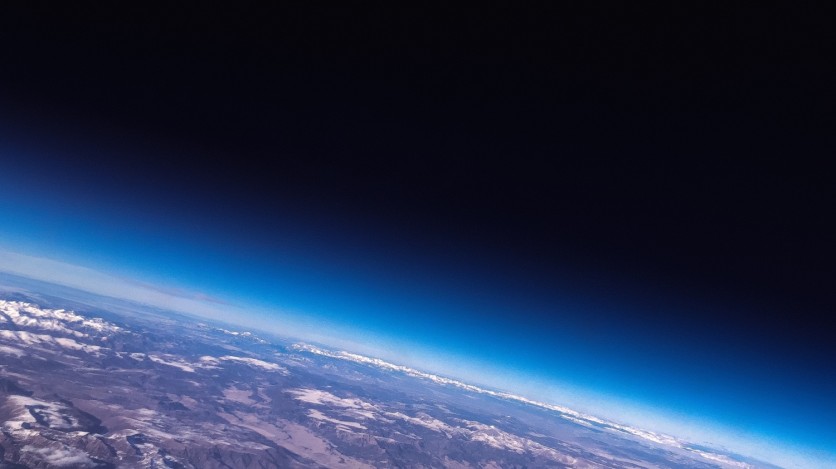One of the largest environmental problems that the Earth has been facing for quite some time now has been the increasing enlargement of a hole found in the Earth's ozone layer. Amid the global coronavirus lockdown, the good news is that the ozone hole seems to have mysteriously fixed on its own. Does staying-at-home benefit Earth too?
Amid Coronavirus, Arctic Ozone Hole repairs itself

According to a CNN report, a mysterious ozone hole that grew exponentially this spring season in the Arctic region has now repaired itself.
Scientists from the Copernicus' Atmospheric Monitoring Service (CAMS) shared this good news on their official Twitter page saying that "the unprecedented 2020 northern hemisphere Ozone hole has come to an end."
The unprecedented 2020 northern hemisphere #OzoneHole has come to an end. The #PolarVortex split, allowing #ozone-rich air into the Arctic, closely matching last week's forecast from the #CopernicusAtmosphere Monitoring Service.
More on the NH Ozone hole️https://t.co/Nf6AfjaYRi pic.twitter.com/qVPu70ycn4 — Copernicus ECMWF (@CopernicusECMWF) April 23, 2020
This serves as our "sunscreen" against the scorching heat coming from the Sun. If this hole continues to remain open, the possibility of too much heat around the planet will cause further environmental problems in the future.
Coronavirus lockdown isn't the answer

CAMS clarified, however, that the ozone hole getting fixed on its own did not happen due to the reduced air pollution.
"COVID19 and the associated lockdowns probably had nothing to do with this," the group said on Twitter. "It's been driven by an unusually strong and long-lived polar vortex, and isn't related to air quality changes."
Though it is common knowledge that pollution has had a major negative impact in the ozone layer, the hole was not created due to this but by what scientists called the polar vortex.
The National Weather Service explains that a polar vortex is a large area of low pressure and cold air that surrounds both of Earth's poles. This strong phenomenon always exists but the effect may decrease during summer.
In the case of the Arctic region, the polar vortex is typically weaker due to the presence of nearby land as well as mountain ranges that disturb the weather more than its counterpart to the south, said CAMS.
The Antarctic ozone hole also fixed itself
This is not the first time the ozone layer repaired itself. The Antarctic has also recorded the smallest ozone hole found on the planet.
Over the last 35 years, this issue was a problem for the region. However, last year, the hole eventually repaired itself, too.
Now, CAMS is still looking for other explanations on how these things happen.
ALSO READ: Humanity's Plan To Save The Ozone Layer Is Working, NASA Shows
ⓒ 2025 TECHTIMES.com All rights reserved. Do not reproduce without permission.




